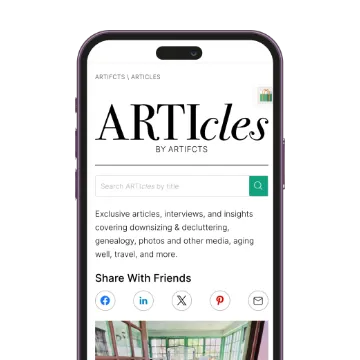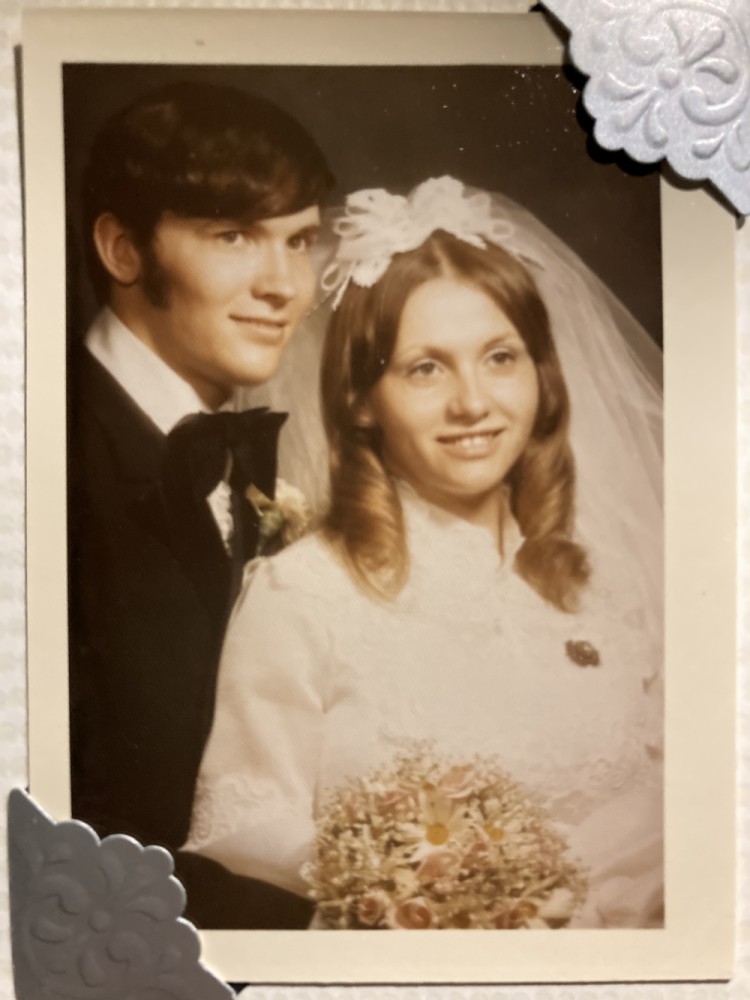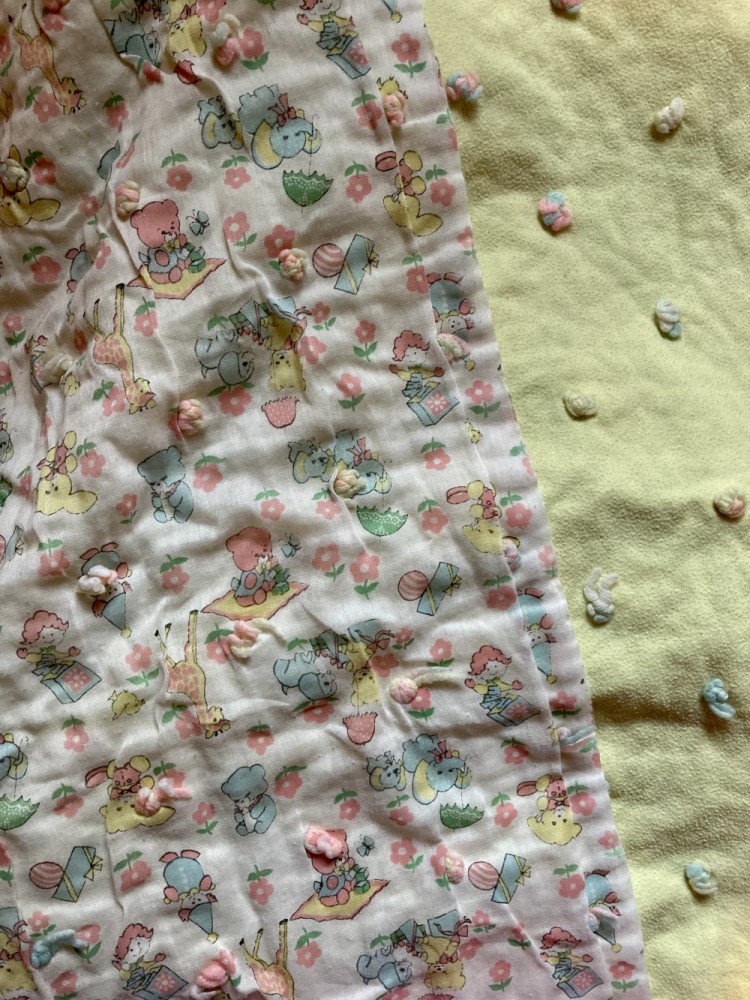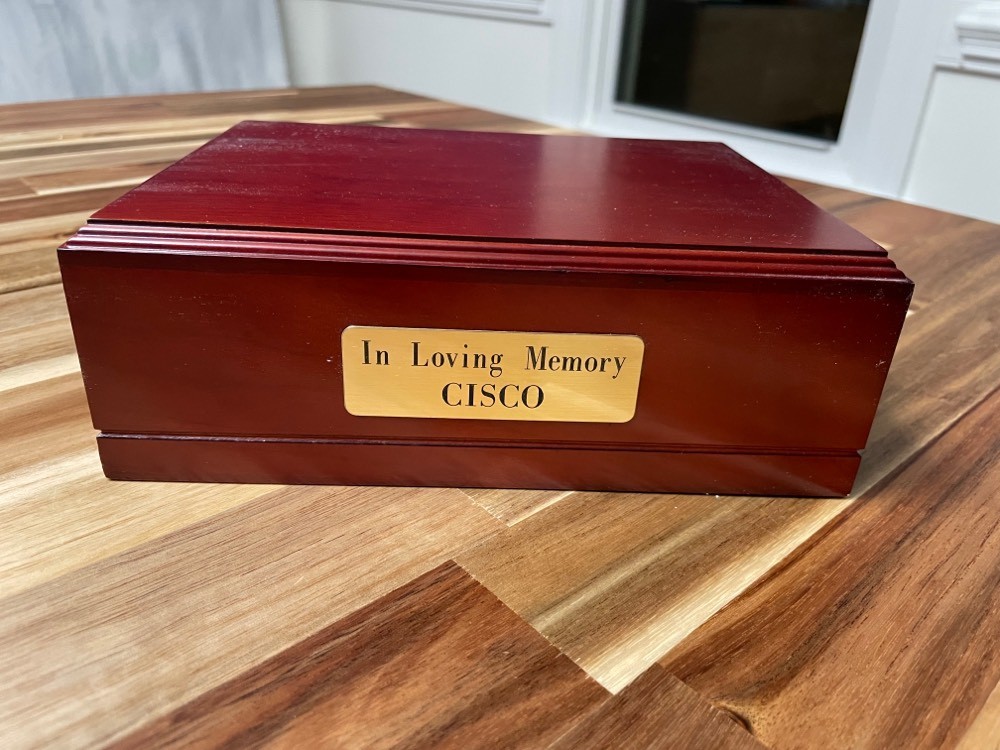Shortly after the launch of Artifcts, I was introduced to Steven Fuhrman, Business Manager of Didlake Imaging. Steven and I immediately connected over a shared mission, helping individuals, families, and corporations preserve pieces of “their” story. Be it family wedding photos from generations gone by to historic maps, documents, and other physical pieces of paper that help shed a light on who we are, and where we’ve been.
Steven and I also bonded over our respective privacy first mindsets. It’s not often you find someone who goes the extra mile to help people protect their own privacy. I had an ear-to-ear grin as I listened to Steven describe in detail the steps he and his team take to preserve people’s privacy when handling their most sensitive and cherished objects.
Two months and several conversations later, I had the pleasure of taking a tour of Didlake’s Manassas, VA digital imaging lab, and sitting down with Steven and Valerie Spencer, Director of Business Development, for an interview/extended conversation.
Seeing that we at Artifcts get asked from time to time, “What should I do with this box of old photos?” we thought we’d share our conversation with our Arti Community. But before we do, one more comment: Didlake's facility is amazing. First, it is spotless. Paper generates a LOT of dust, and you would never know it by touring the Didlake facility. Second, they take security to heart. From cell phone lock boxes to security cameras. No stone was left unturned when planning the security footprint of the facility.
What should I do with this box of old photos?
Having said that, on to the interview!
Heather Nickerson: Didlake has a fascinating, decades long corporate history as a non-profit. What prompted you to get into the digitization business?
Valerie Spencer: Didlake’s mission is to create opportunities that enrich the lives of people with disabilities. (Editor’s Note: Didlake prides itself on hiring local individuals with disabilities for a variety of jobs, such as photo scanning.) The management team at the time saw an opportunity with the Coast Guard to digitize large format drawings leveraging our past experience digitizing microfilm. Our first major investment was a large format scanner, a requirement for this project. Once we could demonstrate our success with large format, we could easily do other, less complex formats. Given our government contracting background, we pursued other large format and traditional digitization projects, including one with an airport. This then led us into the mass digitization market.
Heather: Tell us about the clients you typically take on.
Valerie: There is no typical project or typical client! Really, we work with anyone who has paper, anyone who has photos, maps, documents, student files, etc. We saw a need to support people cleaning out their homes during the pandemic and the holidays, prompting us to invest in specialty photo scanning equipment and to make improvements to our webpage.
We work with anyone who has paper, anyone who has photos, maps, documents, student files, etc.
Heather: Any surprises or heart-warming stories from over the years?
Steven Fuhrman: Our goal is to never turn anyone away. Most people send us boxes of photos, but no job is too small. One customer sought us out in the middle of the pandemic. He had lost his dog, and he only had three or four really good photos of the dog. He asked if we would digitize them for him as a way to memorialize his pet. Since it was in the middle of COVID, we did it for him while he waited in his car. It brought tears to his eyes knowing the photos would be preserved for years to come.
Another story that comes to mind is that one of our clients is an owner of an art gallery. She had recently discovered a box of letters that her father had wrote home to his family during the Vietnam War. She wanted to preserve the letters and his story. Our team handled the letters very carefully, taking them out of their original envelopes, digitizing them, and returning them to their original envelopes and safely storing/returning them. We were honored that she trusted us enough with those family treasures. You don’t just hand something like that over to anyone. We wanted to make someone’s life better and help preserve that piece of family history.
We were honored that she trusted us enough with those family treasures. You don’t just hand something like that over to anyone.
Heather: I can imagine you are dealing with people’s most cherished artifacts. What do you tell clients to reassure them that their items will be safe with you?
Valerie: We have a stellar reputation and have built up a lot of trust over the years. If the U.S. government trusts us with its most important documents, that says something. We also reassure clients that all our employees have background checks and have signed confidentiality agreements. We also franchise three The UPS stores and are experts in shipping and packaging; we know how to protect items in transit.
Heather: Not every digitization company has a state-of-the-art, secure facility. Can you tell us a bit more about that?
Valerie: Security is really important to us so we chose a location in a professional business park occupied by other county service providers. We utilize security cameras to track entry from the exterior and access control systems to permit access to sensitive internal areas. Our storage facility is dual climate controlled, and we use a secure cloud server for our digital services. We have invested in the security infrastructure to make sure people feel safe sending us their items.
Heather: You know the story of Artifcts. How do you think Artifcts could help you in your work with your clients?
Valerie: Artifcts is a natural complement to what we do at Didlake. We’re both preserving items in a digital manner and making it accessible and easy for people to share their memories. We all like to tell stories, and Artifcts lets the user tell the story.
We all like to tell stories, and Artifcts lets the user tell thier own story.
If you are looking for someone to help digitize your old photos, documents, maps, and more, contact Steven at Steve@DidlakeImaging.com.
###
© 2021 Artifcts, Inc. All Rights Reserved.




















